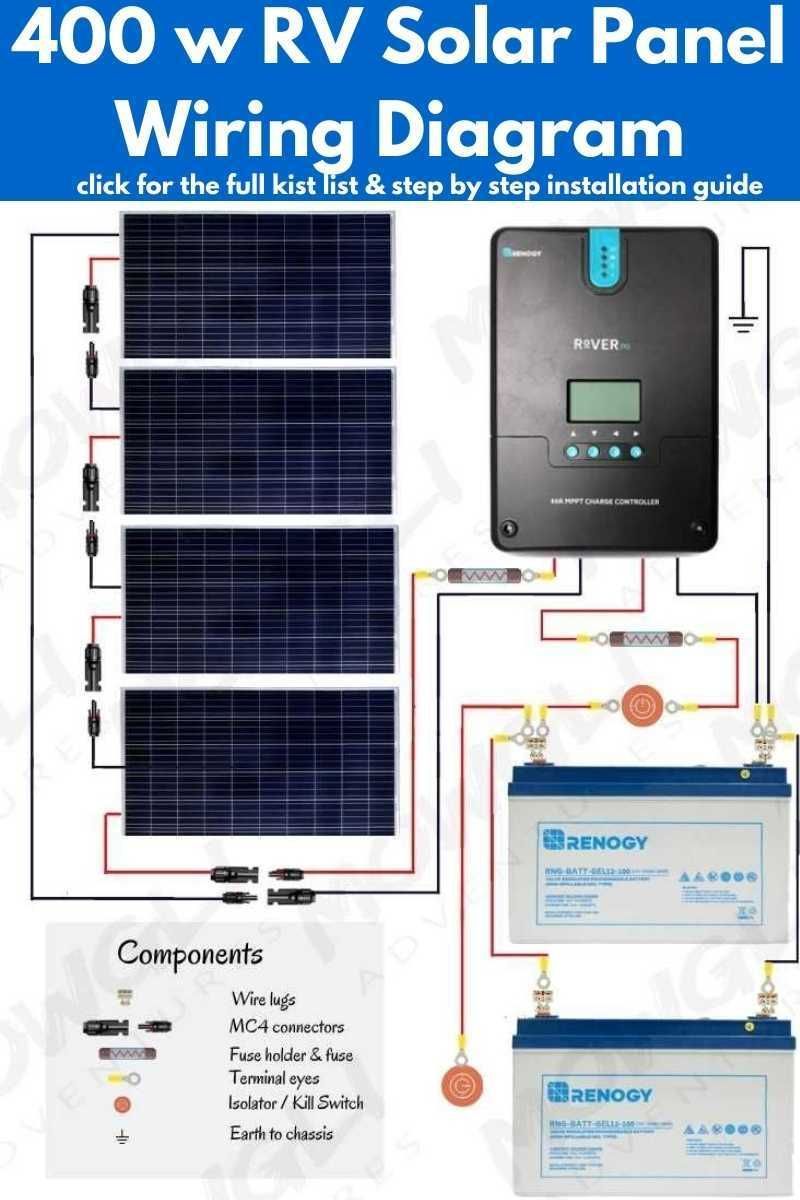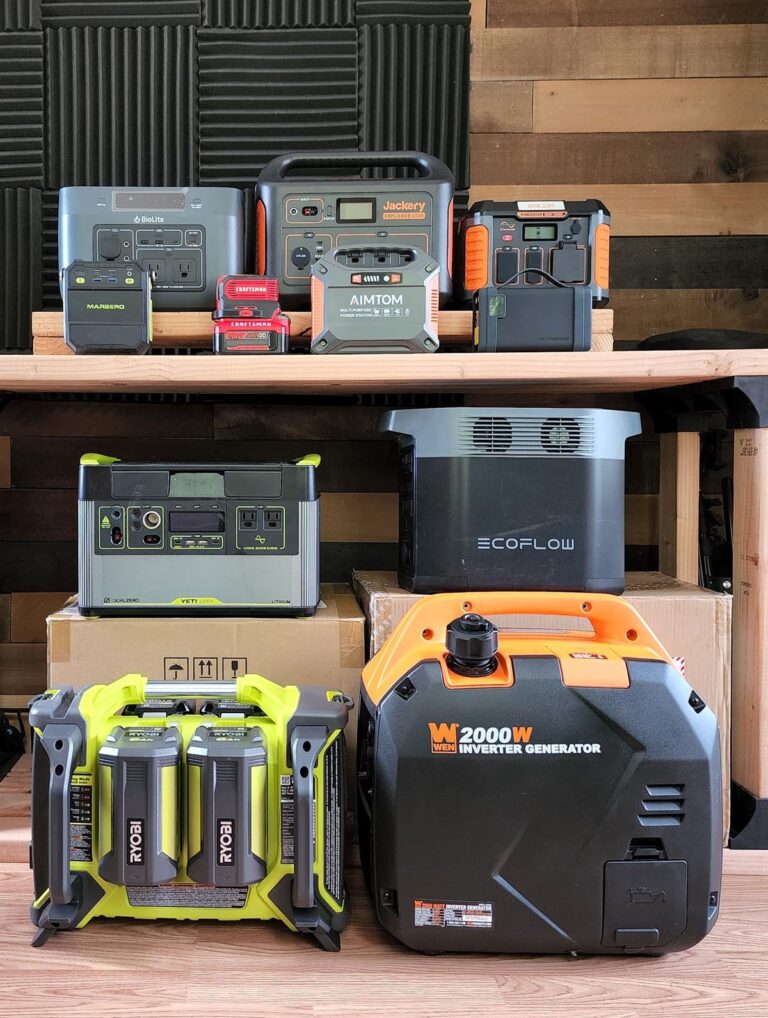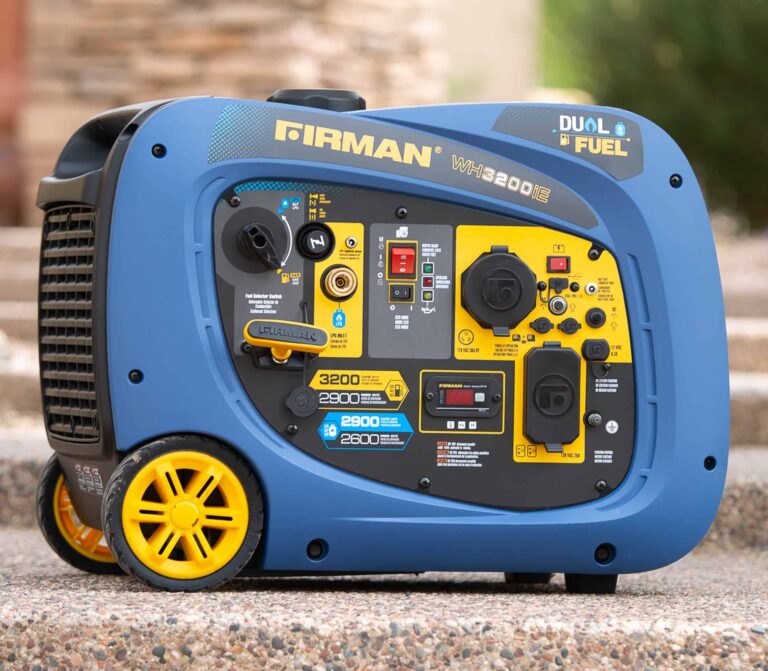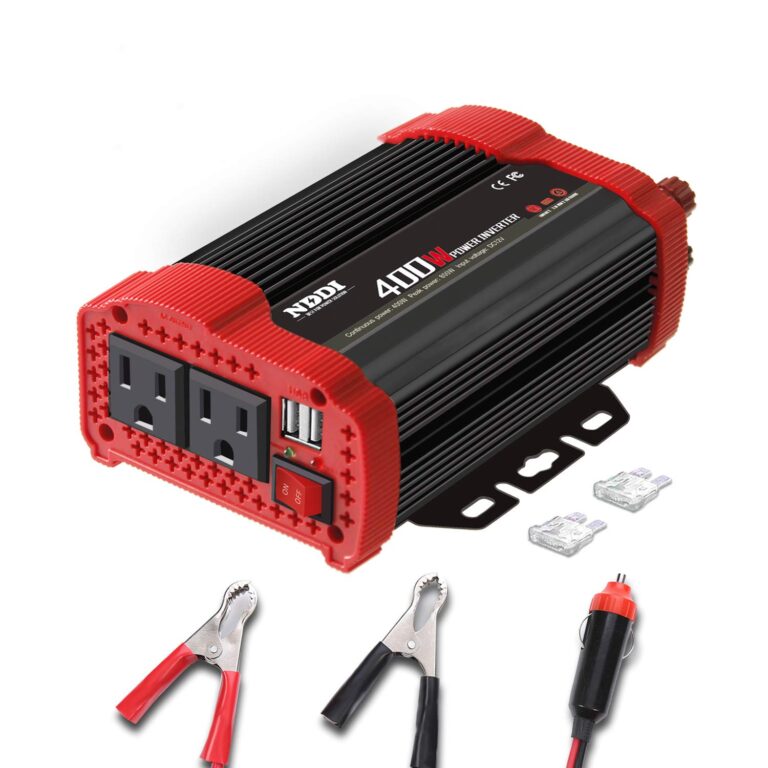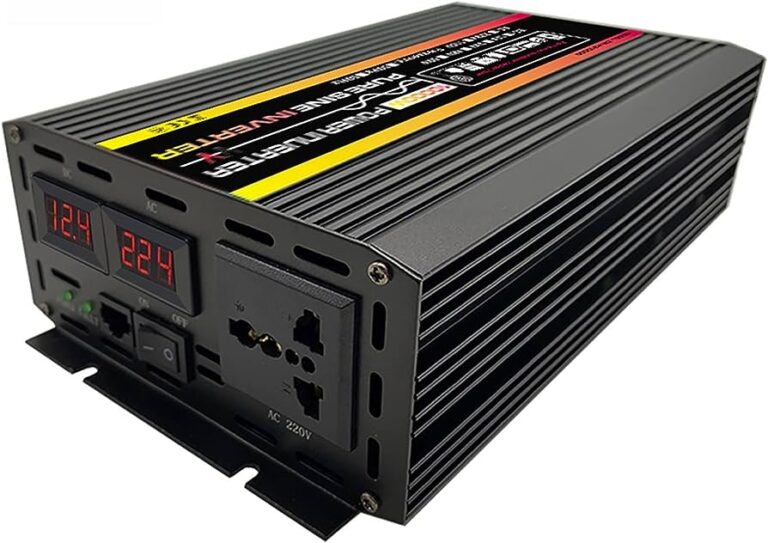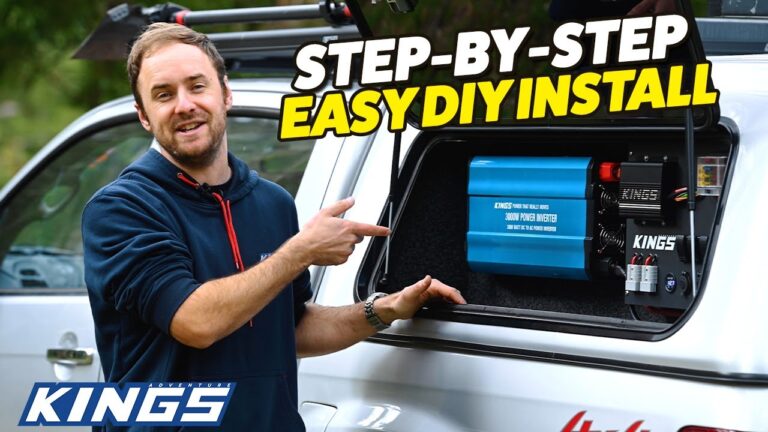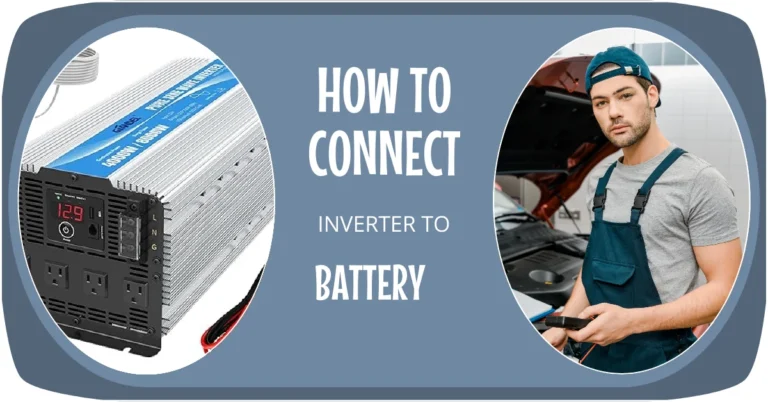How to Wire Inverter in RV: A Step-by-Step Guide
To wire an inverter in an RV, you can connect the inverter’s output to your RV’s AC breaker box or use the GFCI outlets and connect the inverter to an extension cord or single household outlet. Additionally, if you frequently camp off-grid, you can choose to power every outlet in the camper by directly plugging your RV into the inverter.
Make sure to follow the specific instructions provided by the manufacturer of your inverter and consult a professional if needed for proper installation.
Choosing The Right Inverter For Your Rv
Choosing the right inverter for your RV is essential to ensure a reliable power source while on the road. Understanding the power requirements of your RV is the first step in this process. Different types of inverters offer various features, so it’s crucial to consider factors such as wattage, efficiency, and waveform.
Additionally, compatibility with your RV’s electrical system should be ensured before making a purchase. By selecting an inverter that meets your power needs and integrates seamlessly with your RV, you can enjoy the convenience of using electronic devices and appliances while traveling.
Take the time to research and evaluate the available options to find the perfect inverter for your RV.
Preparing Your Rv For Inverter Installation
Preparing your RV for inverter installation starts with assessing your battery capacity and condition. If necessary, upgrade your battery bank to ensure sufficient power supply. Proper grounding and wiring in your RV are crucial for safe and efficient inverter installation.
Be sure to install a transfer switch to facilitate seamless power transfer between the inverter and your RV’s electrical system. Following these steps will help you wire your inverter in your RV effectively.
Installing The Inverter In Your Rv
Installing the inverter in your RV begins with securely mounting it in a convenient location. Next, you’ll need to connect it to the battery bank. This involves wiring the inverter to your RV’s electrical system. Finally, don’t forget to properly ground the inverter to ensure safety.
By following these steps, you can wire the inverter in your RV effectively and efficiently. Enjoy the benefits of having reliable power on the go.
Testing And Troubleshooting The Inverter Installation
To ensure a successful inverter installation in your RV, it is important to test and troubleshoot the setup. Start by checking the functionality and settings of the inverter, including the power output and waveform quality. This will help you verify if the inverter is working properly.
Additionally, troubleshoot common issues that may arise during installation, such as improper wiring or incompatible connections. Finally, make sure that the inverter is compatible with your RV appliances to avoid any compatibility issues. By following these steps, you can wire the inverter in your RV effectively and ensure a reliable power source for your adventures.
Maintaining And Operating The Inverter In Your Rv
Maintaining and operating the inverter in your RV requires regularly monitoring its performance and battery levels. To ensure optimal efficiency, performing preventive maintenance is crucial. Safely using and managing power from the inverter is also essential to avoid any damage or accidents.
Additionally, extending the lifespan of your inverter is possible through proper care, such as keeping it clean and protecting it from extreme temperatures. By following these guidelines, you can enjoy uninterrupted power supply during your RV adventures.

Credit: www.youtube.com
Additional Tips And Resources For Inverter Wiring In Rvs
When it comes to wiring an inverter in an RV, there are common mistakes to avoid during the installation process. It is important to use the recommended tools and equipment for the job to ensure a successful setup. Additionally, there are helpful online tutorials and guides available for further reference, providing step-by-step instructions on how to wire the inverter properly.
Moreover, frequently asked questions and expert advice from RVers can provide valuable insights and tips. By following these additional tips and utilizing the available resources, RV owners can avoid common pitfalls and ensure a reliable and efficient inverter wiring in their vehicles.
Frequently Asked Questions Of How To Wire Inverter In Rv
How Does An Inverter Connect To An Rv?
To connect an inverter to an RV, use the hard-wired AC output terminal to integrate it into the AC breaker box. Alternatively, connect the inverter to GFCI outlets or a household outlet using an extension cord.
Can I Plug My Rv Directly Into An Inverter?
No, you cannot plug your RV directly into an inverter.
How Do You Hook Up An Inverter To A Battery?
You can connect an inverter to a battery by using the hard-wired AC output terminal to integrate it into your RV’s AC breaker box. Alternatively, you can connect the inverter to an extension cord or household outlet using GFCI outlets.
Should An Rv Inverter Be Left On When Plugged In?
No, an RV inverter should not be left on when plugged in.
Conclusion
He essential appliances. By following the step-by-step instructions outlined in this blog post, you can successfully wire an inverter in your RV and enjoy the benefits of off-grid power. One of the key considerations when installing an inverter is to determine the power requirements of your RV appliances and choose an inverter that can handle the load.
Properly sizing and wiring the inverter ensures safe and efficient operation of your electrical system. Installing an inverter in your RV allows you to power your essential appliances, such as laptops, refrigerators, and microwaves, using your batteries. This provides greater flexibility and convenience, especially when camping in remote locations or during power outages.
Remember to use the appropriate wire gauge and ensure proper grounding for the safety of your electrical system. Additionally, consider investing in a battery monitor to closely monitor your power usage and battery levels. With the information provided in this blog post, you can confidently wire an inverter in your RV and enjoy the freedom and convenience of off-grid power.
Happy RVing!

